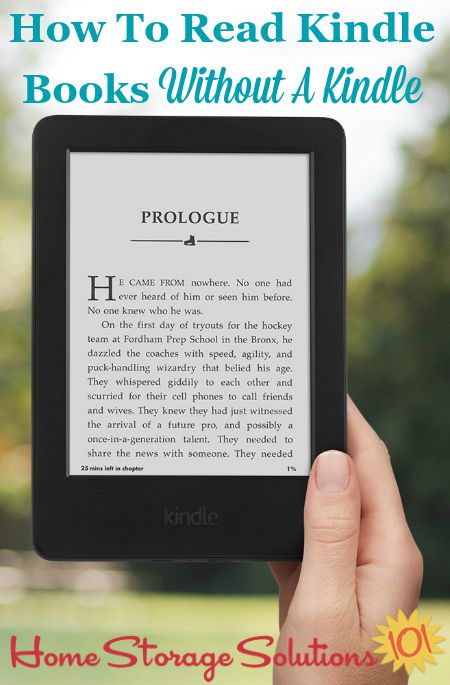


The turn of the 20 th century was a period of numerous experiments with the tactility of reading, both practical and impractical, culminating in the modernist revival of experimental books between the world wars. Handbooks seem to proliferate in periods of intellectual and technological uncertainty, much as they are proliferating today. By the 17 th century, the great age of wars of religion, palmistry, and chiromancy, knowledge of and on the hand would become major sciences. The secular bravura on display in these books, where the reader assumed the divine view, cannot be overstated.

In its first incarnation, Abraham Ortelius’s Theatrum Orbis Terrarum (1570), the entire world could now be held in the reader’s hand. By the 15 th and 16 th centuries, the measuring hand would become the ultimate sign of our bibliographic relationship to the world, embodied in the new genre of the atlas. In the eighth century, the Venerable Bede taught readers to count to a million on their hands in his On the Reckoning of Time (725). It is one of the oldest types of books, dating back to Epictetus’s Enchiridion (second century), a short repository of nuggets of wisdom. The “handbook” or “manual”-the book that reduces the world into its essential parts, into outline form-is an extension of this art of measurement. The footprint may be the first mark we make in the world (for hospital records), but the handprint is the original sign of self-reflection, of understanding ourselves as being in the world. The child’s first drawing is often of his or her own hand. They bring the world down to size, inoculations against the problem of patternlessness. If books open us out into the world, they also constrain. The pointing hand in the book stood for the way books themselves were like pointers, making the world graspable. Such a device gradually passed into typescript and became a commonplace of printed books. As early as the 12 th century, writers began drawing hands in the margins of their books to point to important passages.


 0 kommentar(er)
0 kommentar(er)
